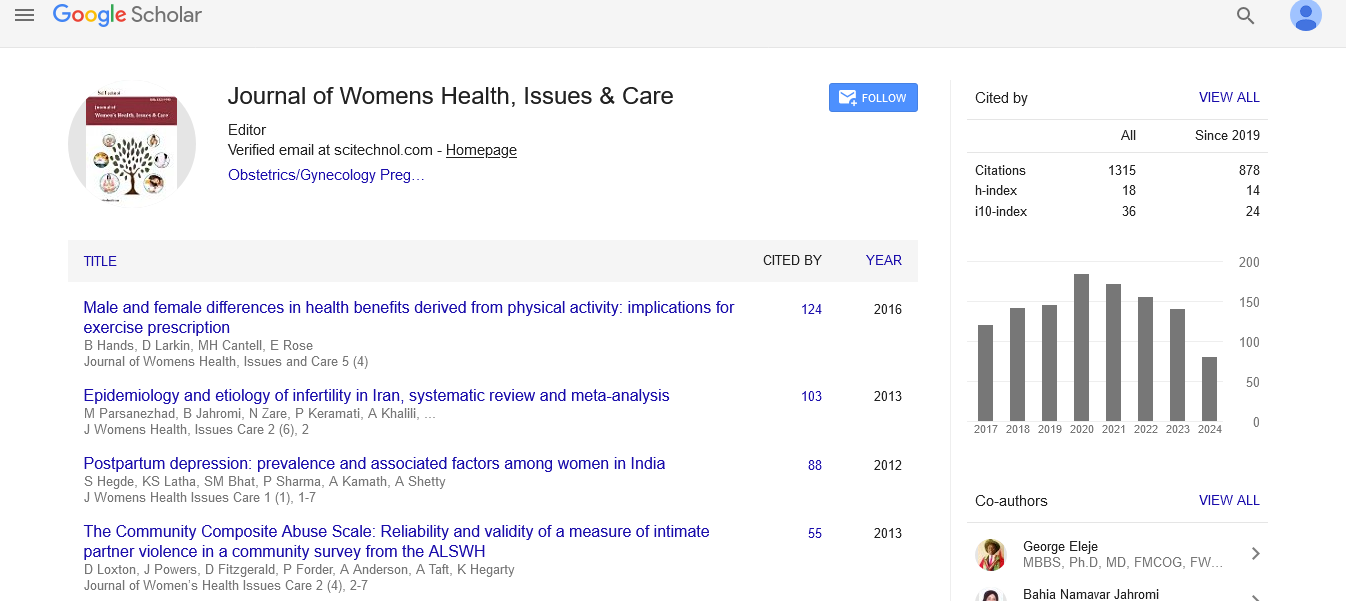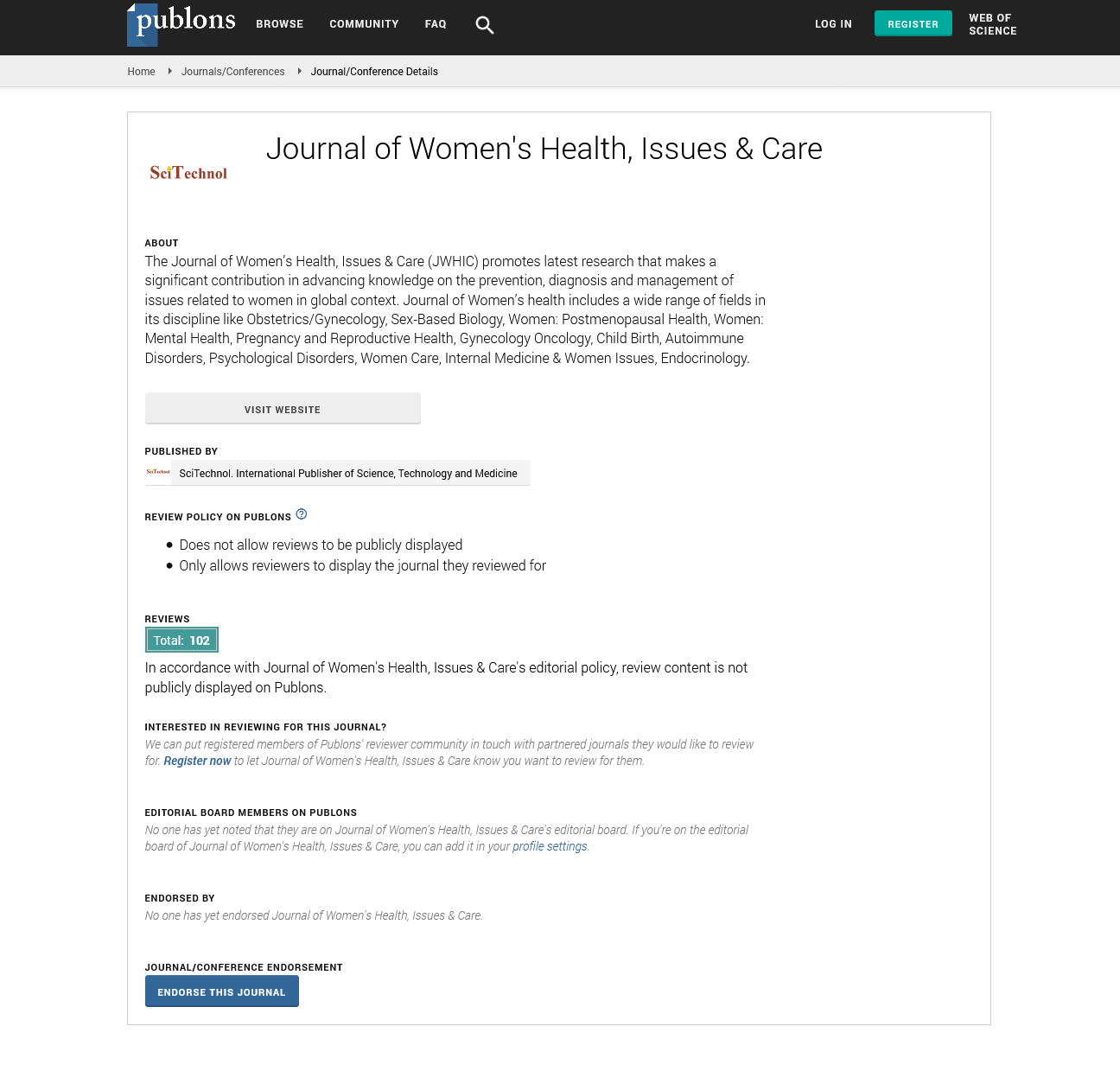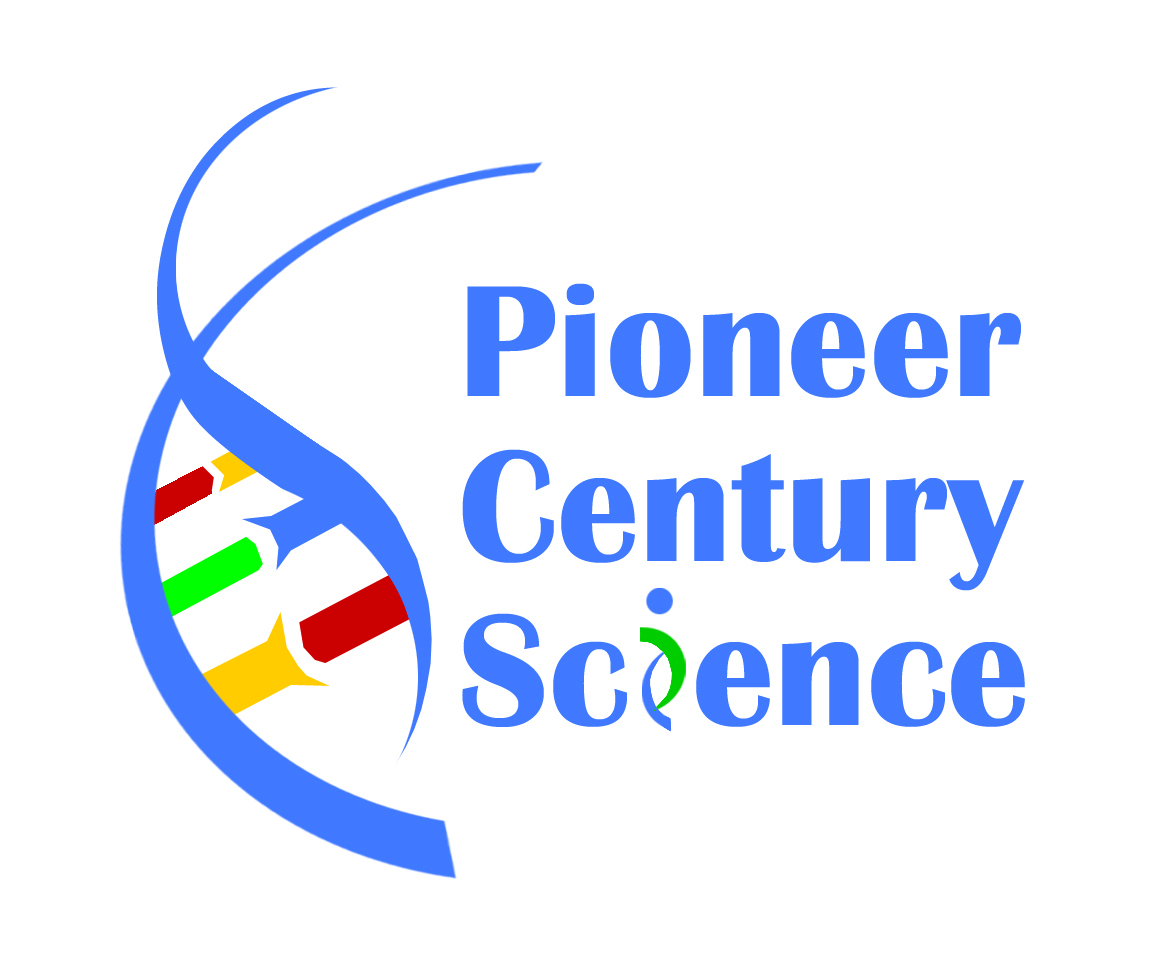Opinion Article, J Womens Health Vol: 12 Issue: 1
Fetal Echocardiography: Importance of Early Detection and Management of Congenital Heart Defects
Huang Kuan*
1Department of Chemistry, Hong Kong University of Science and Technology, Clear Water Bay, Hong Kong
*Corresponding Author: Huang Kuan
Department of Chemistry, Hong Kong
University of Science and Technology, Clear Water Bay, Hong Kong
E-mail: Huangkuan@123.com
Received date: 14-February-2023, Manuscript No. JWHIC-23-94463;
Editor assigned date: 16-February-2023, PreQC No. JWHIC-23-94463 (PQ);
Reviewed date: 03-March-2023, QC No. JWHIC-23-94463;
Revised date: 10-March-2023, Manuscript No. JWHIC-23-94463 (R);
Published date: 20-March-2023 DOI: 10.4172/2325-9795.1000421.
Citation: Kuan H (2023) Fetal Echocardiography: Importance of Early Detection and Management of Congenital Heart Defects. J Womens Health 12:1.
Description
Fetal echocardiography is a specialized ultrasound procedure that allows doctors to visualize the fetal heart and diagnose Congenital Heart Defects (CHDs) before birth. CHDs are the most common type of birth defect, affecting approximately 1 in 100 newborns. Early detection and management of CHDs can significantly improve outcomes for affected babies, making fetal echocardiography an essential tool in maternal-fetal medicine. During a fetal echocardiogram, a trained technician uses high-frequency sound waves to produce images of the fetal heart. The procedure is noninvasive and does not pose any risk to the mother or the baby. Fetal echocardiography can detect a wide range of CHDs, including atrial and ventricular septal defects, tetralogy of Fallot, transposition of the great arteries, and hypoplastic left heart syndrome.
Early detection of CHDs is critical because it allows doctors to plan for appropriate management and treatment before birth. In some cases, fetal interventions such as balloon atrial septostomy or fetal cardiac surgery may be necessary to correct or alleviate the defect. In other cases, delivery may need to be planned at a specialized center with a neonatal intensive care unit that is equipped to manage the baby's specific needs. A foetal echocardiogram is performed while lying down in a darkened room. It is comparable to a routine pregnancy ultrasound. Gel applied to abdomen aids sound waves in travelling from the echocardiogram wand (called the transducer) to baby's heart and back. The individual performing the test will move the wand around to capture images of the heart from various angles.
Fetal echocardiography also allows doctors to counsel expectant parents on the potential outcomes and long-term implications of the CHD. Parents can learn about the expected course of the disease, potential complications, and the available treatment options. This knowledge can help parents prepare emotionally and financially for the future care of their child. Echocardiography of the abdomen an ultrasound is comparable to an abdominal echocardiography. An ultrasound technician will urge to lie down and expose stomach first. They will then administer a lubricating jelly to skin. The jelly reduces friction, allowing the technician to move an ultrasound transducer, which transmits and receives sound waves, over skin. The jelly also aids in the transmission of sound impulses. High-frequency sound vibrations are transmitted through body by the transducer. When the waves strike a dense object, such as unborn child's heart, they reverberate. These reflections are then returned to a computer. The sound vibrations are too high-pitched to be heard by the human ear.
In addition to its diagnostic role, fetal echocardiography can also be used to monitor the fetal heart in high-risk pregnancies. Women with conditions such as diabetes, lupus, or congenital heart disease may be at increased risk of having a baby with a CHD. Fetal echocardiography can help detect any abnormalities early on and guide appropriate management.
In conclusion, fetal echocardiography is a valuable tool in the early detection and management of CHDs. By visualizing the fetal heart before birth, doctors can plan for appropriate treatment and improve outcomes for affected babies. Fetal echocardiography also allows parents to prepare emotionally and financially for the future care of their child. Overall, fetal echocardiography plays a critical role in maternal-fetal medicine and the care of high-risk pregnancies.
 Spanish
Spanish  Chinese
Chinese  Russian
Russian  German
German  French
French  Japanese
Japanese  Portuguese
Portuguese  Hindi
Hindi 



